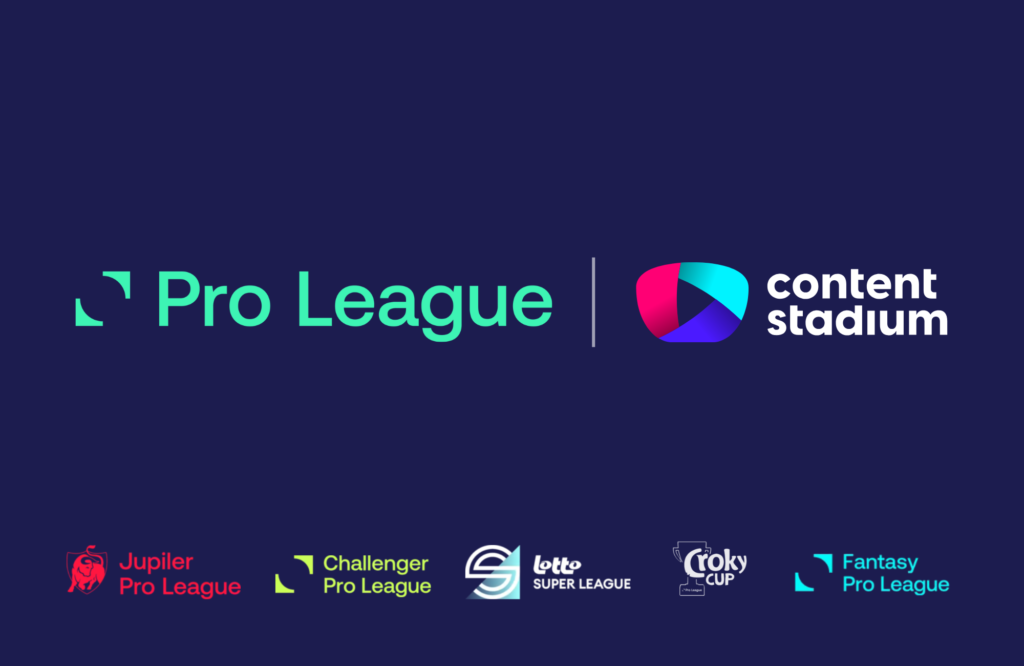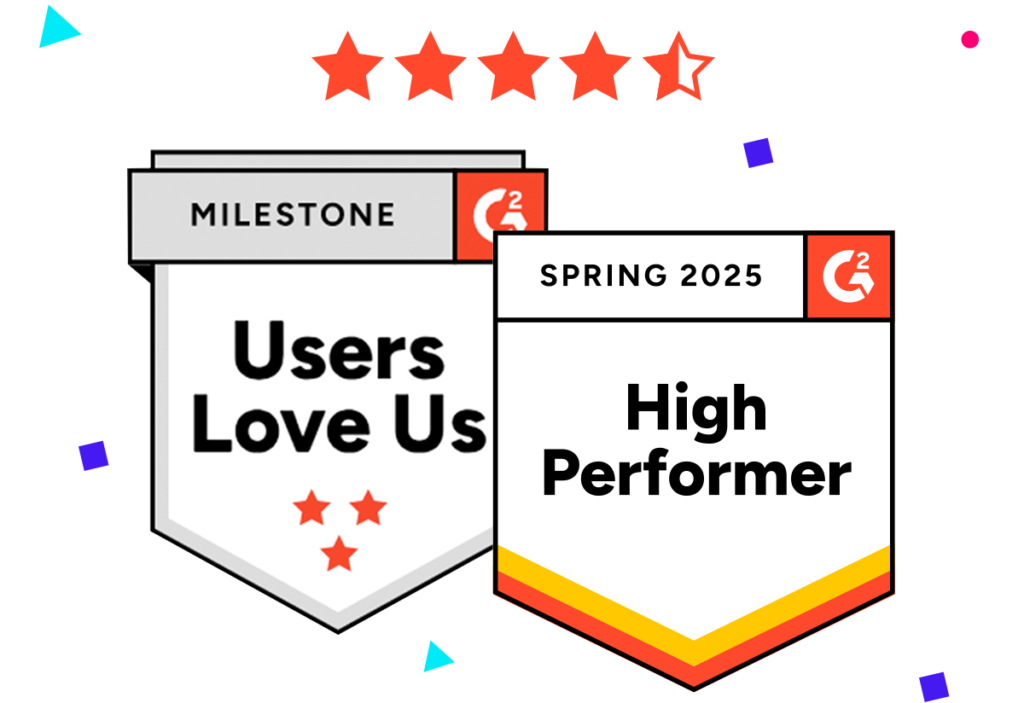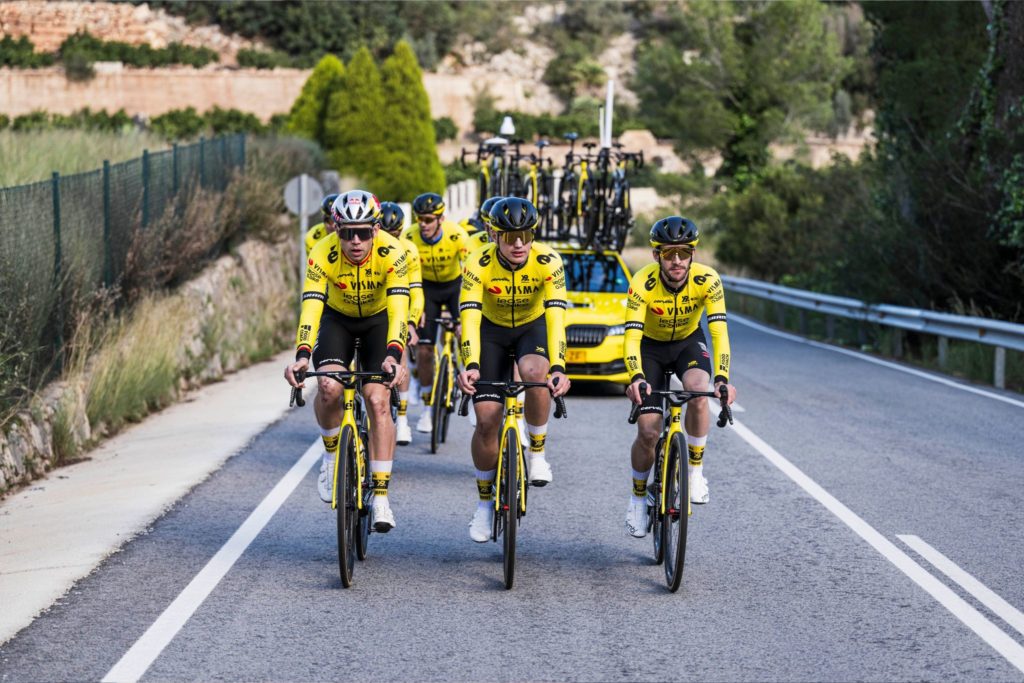Every month, we summarize the biggest social media news and latest trends to help social media managers improve their strategy. These are based on hundreds of industry posts and articles we read monthly, as well as what we see working well for our clients.
See if you can boost your social media KPIs with these June tips and ideas. Just be sure to always test before changing your strategy entirely, as not every best practice works for every brand and social media audience.
Stay up to date with the latest social media trends and tips: Read our July 2023, May 2023, and other monthly summaries, plus discover how our content creation platform can help make your job easier all while improving your social content.
1. Social media news: Catch up on the latest platform updates
Get up to date with the biggest social media platform news and developments for June 2023:
- Twitter now allows paid users to upload videos of up to 2 hours.
- Twitter has released 2 new features for DMs: users can now directly reply to any message they receive, plus react to messages with a new emoji picker which gives access to a wider range of emojis.
- Instagram introduced GIF comments on posts and Reels.
- Meta has introduced additional feedback options on Reels to optimize the algorithms’ recommendations.
- YouTube is removing its Stories feature from June 26.
- LinkedIn has reached 930 million members (+30 million since January), and the platform once again saw record levels of user engagement.
- Bluesky reached 100,000 users, while still in invite-only beta.
- BeReal is rolling out RealPeople, a timeline of unfiltered photos snapped by artists, athletes, activists and other famous people, starting in the UK.
- Facebook added new lead ad features, including dynamic FAQ forms and the ability to add a contact form to the Contact Us call-to-action button on Facebook pages.
- WordPress has removed Twitter social sharing due to Twitter’s API price increase.
- Pinterest is combining Pins and Idea Pins into a single format.
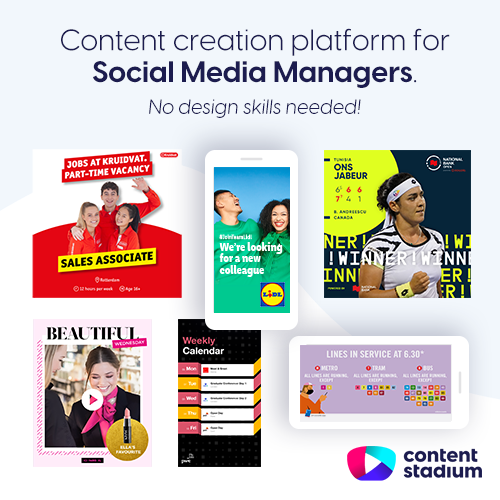
2. Social media case studies: Boost your brand through your internal influencers’ personal accounts
In his latest newsletters, Tommy Clark analyzed how two companies active in very different sectors, Aston Martin and Airbnb, boosted their brands with similar social media strategies. Here’s how they did it:
A. Using personal accounts to boost brand campaigns
Both brands used the personal account of an internal influencer to lead their campaign. Aston Martin used their new signing Fernando Alonso’s TikTok account, while Airbnb used their founder Brian Chesky’s Twitter account. In both cases, these personal accounts had 100x more visibility than the brand accounts.
Celebrities and influencers have always been a way to boost engagement through developing more personal connections with the audience. But Aston Martin and Airbnb looked inside instead of outside of their company to find their influencers. Using internal influencers in this way not only gives you more control over the content shared, but also creates a stronger link back to the brand.
B. Listening to their community
Both brands focused their campaigns on talking directly and responding to their audience or fan bases. For example, Fernando Alonso tapped into his fans’ trends and conversations, such as “El Plan.” And Brian Chesky responded to customer concerns, addressing them directly: “You told us what you don’t like about Airbnb.”
@fernandoalonso Hola TikTok. 👋
♬ original sound – Fernando Alonso
You told us what you don’t like about Airbnb. Here are the 50 things we’re doing about it… pic.twitter.com/lNwvH5KExp
— Brian Chesky (@bchesky) May 3, 2023
3. Social media tip: Group your products together, and leave plenty of space around them in your visuals
Is your social media goal to sell products? Then be sure to think twice about how you feature them in your social media designs. A study conducted in February 2023 looked into the impact of product layouts in advertising. Key findings from the research included:
- Consumers were more willing to buy the products when they were grouped together in the ad, leaving empty space around the edges (3.05/7 for a more compressed layout, vs. 2.48/7 for a less compressed layout).
- Ads with a more compressed layout received a higher click-through rate (CTR 2.5%) than ads with more spacing between products (1.1%).
- Consumers liked ads with a more compressed layout more (4.02/7 vs. 3.24/7 for a less compressed layout).
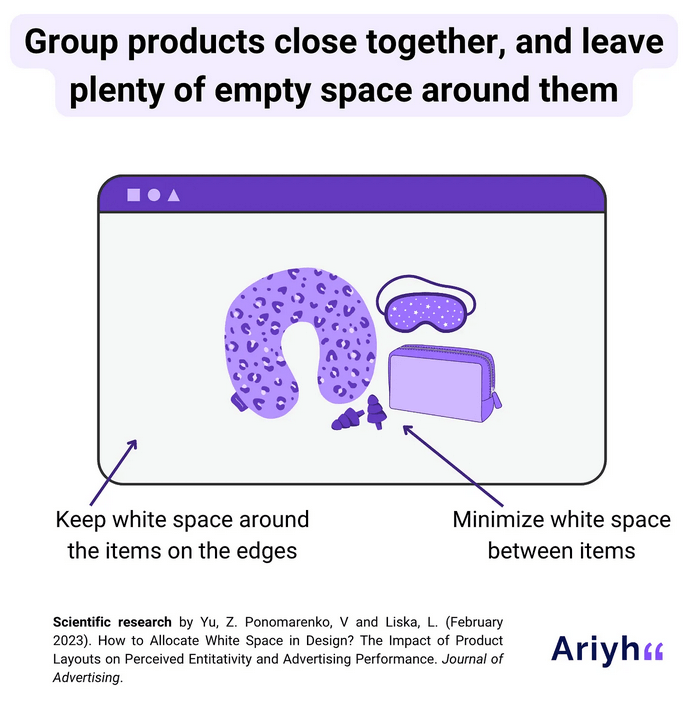
4. TikTok trend: How to tap into the growing sports community
TikTok published a new report on the increasing importance of sports on the platform. The data shows that the TikTok sports community is increasing in a wide range of sports, with year-over-year video view increases across football (+86% outside the US, +66% inside the US), volleyball (+116%), basketball (+92%), rugby (+91%), cricket (+128%), and more.
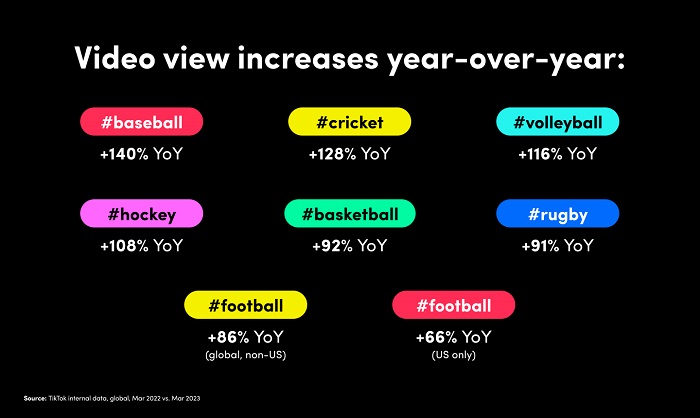
The report also includes survey results which highlight the social impact of sports on TikTok, and how users consume sports content:
- 62% of users watch major sports events to be part of cultural conversations.
- 61% of users feel a strong sense of community with other sports fans on TikTok.
- 57% of users watch sports content on the platform weekly.
How can you make the most of this growing trend? The report recommends 5 types of sports content brands should focus on to boost performance:
- Videos featuring fans’ favorite athlete or team
- Humorous or light-hearted videos
- Livestreams
- Behind-the-scenes videos
- Reenactment or throwbacks to key sporting moments
5. Social media insights: Users log in to keep up with friends and family, to be entertained, and to learn new things
As part of their 2023 State of Social Media Trends report, HubSpot found that people spend an average of 3 hours per day on social media. But what do they get up to during that time?
Based on a bi-annual survey of over 600 US adults, the report found that the top 3 reasons people use social media are: to keep up with friends/family (67%), to find entertaining content (51%), and to learn new things (41%).
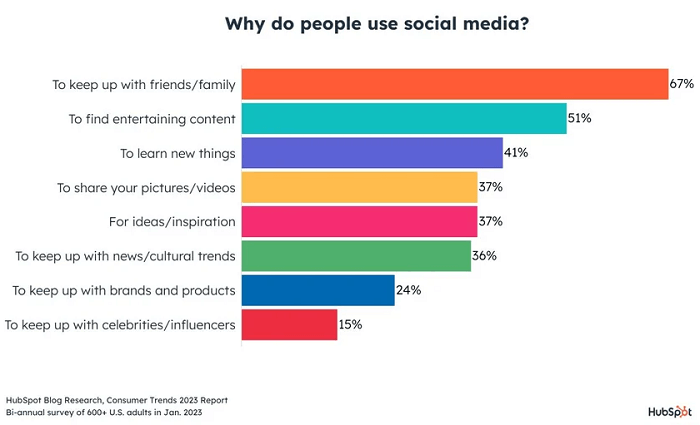
The survey then went deeper into the reasons for using different social media platforms, which varied widely. The data found that people log into Facebook and Instagram for more personal matters, such as keeping up with friends and family and posting content; TikTok and YouTube for entertainment, education and inspiration; and Twitter and LinkedIn for news and trends.
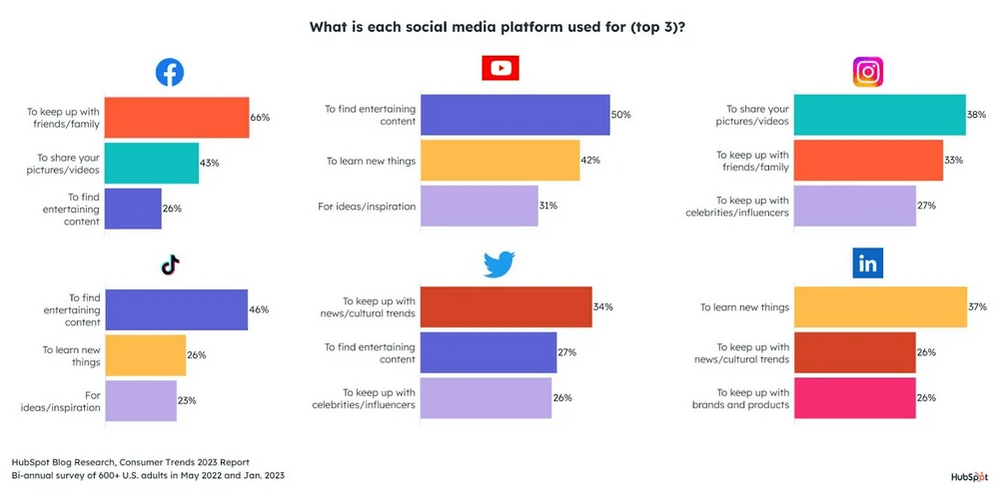
6. Social media tips: Best times to post
Sprout Social is back with its annual report of the best times to post on each of the major social media apps for the best engagement, based on data from its 34,000 customers over 2022. These were their recommendations for each channel:
- Best time to post on Facebook: Monday to Thursday mornings, from 8 a.m. until around lunchtime.
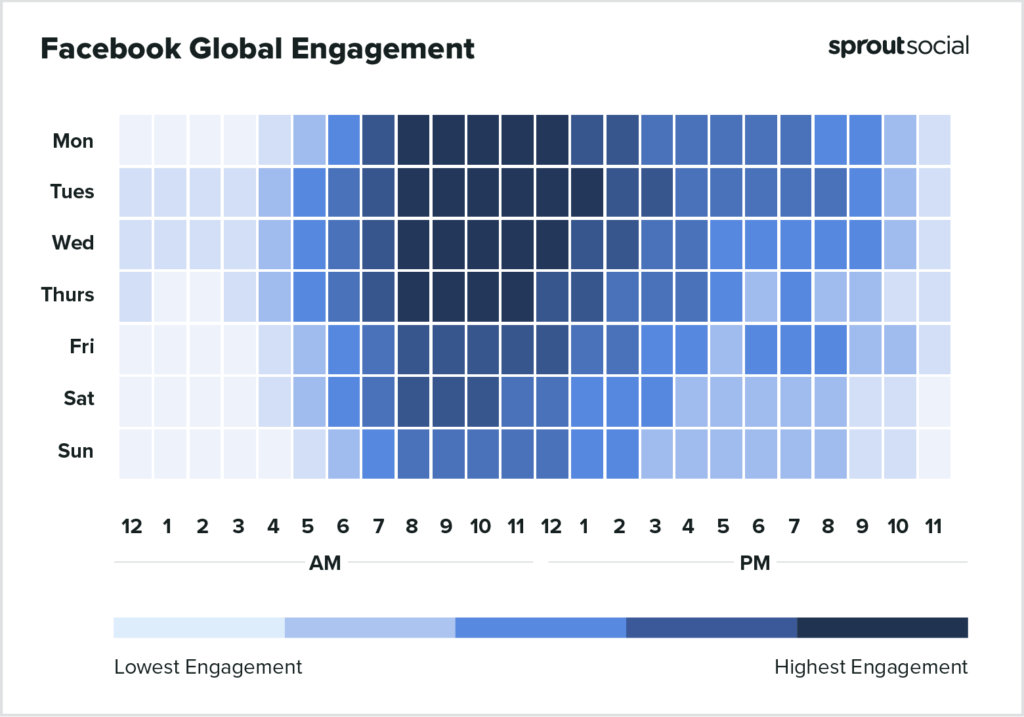
- Best time to post on Instagram: Weekday mornings (especially Monday, Tuesday, Wednesday and Friday), from 9 or 10 a.m., to around lunchtime.
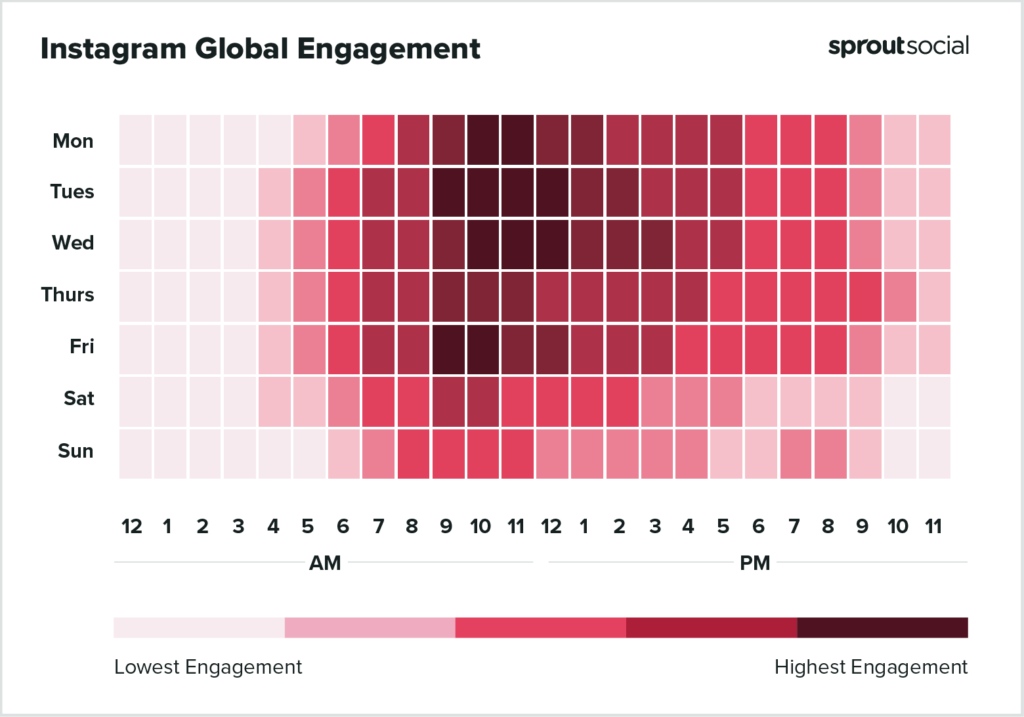
- Best time to post on Twitter: Weekday mornings (especially Tuesday to Friday), from 9 a.m. to around lunchtime.
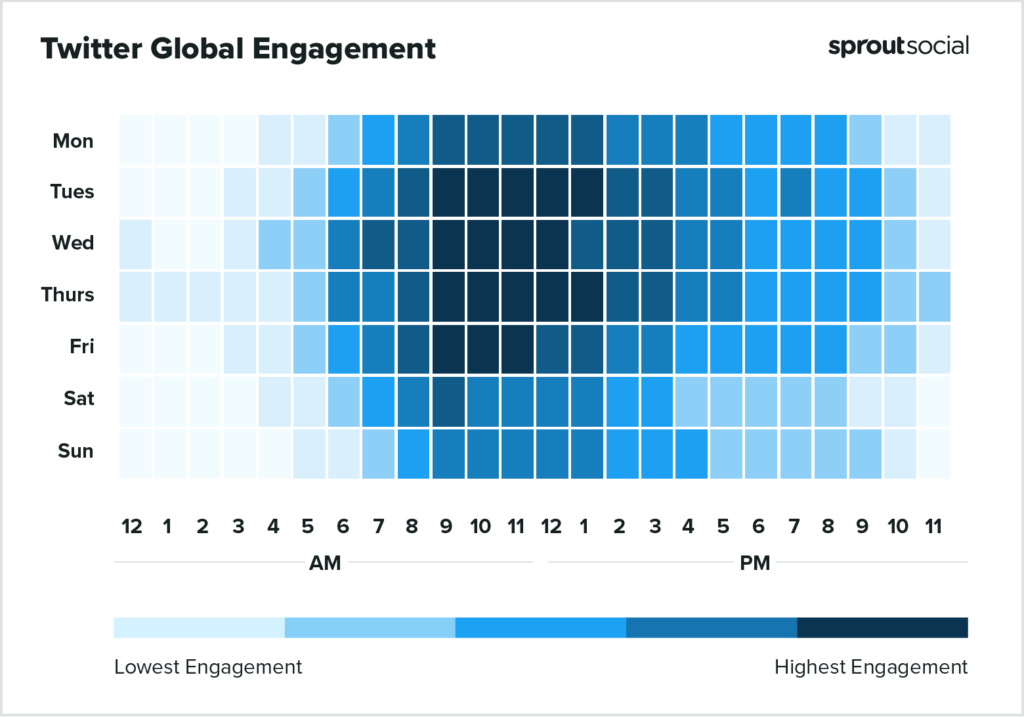
- Best time to post on LinkedIn: Tuesday and Wednesday mornings, from 10 a.m. to 12 noon.
- Best time to post on TikTok: Tuesday to Thursday afternoons, from 2 p.m. to 5 or 6 p.m.
- Best time to post on Pinterest: Tuesday to Thursday early afternoons, from 1 p.m. to around 3 p.m.
- Worst time to post on social media: Across all social media channels studied in this research, Sunday was always (one of) the days that received the lowest levels of engagement.
7. Instagram insights: New clarifications on how the algorithms work
Adam Mosseri, Head of Instagram, published an article which explains the platform’s different ranking algorithms for the feed, Stories, Explore and Reels. While the information shared isn’t anything new or surprising, it’s great to have access to this clear overview of factors that matter — which you can take into consideration to improve your content’s visibility and engagement.
Main factors that help content appear in users’ feed include (roughly in order of importance):
- User activity: The types of posts the user interacted with in the past.
- Information about the post: How popular it is, when it was posted, and what location was attached to it.
- Information about the person who posted: How interesting they are to the user, and how many times people have interacted with that person in the past few weeks.
- Users’ history of interaction with someone: For example, whether they comment on each other’s posts.
Main factors that help content appear in users’ Stories include:
- User’s viewing history: How often the user views an account’s Stories.
- User’s engagement history: How often the user engages with an account’s Stories.
- Closeness: The relationship between the user and the Story author.
Main factors that help content appear in users’ Reels include (roughly in order of importance):
- User activity: The types of Reels the user interacted with in the past.
- User’s history of interacting with the person who posted: Reels are often made by someone the user doesn’t know, but if the user has interacted with a creator in the past, this is taken into consideration.
- Information about the Reel: Such as the audio, the visuals, and even the video’s popularity.
- Information about the person who posted: How many followers they have and the level of engagement they receive.
Main factors that help content appear in users’ Explore tab include (roughly in order of importance):
- Information about the post: How popular it is, how many and how quickly people are engaging with it.
- User activity in Explore: The types of posts the user engaged with in the past.
- User’s history of interacting with the person who posted: Most Explore posts are made by someone the user won’t know, but if the user has interacted with someone in the past, this will be taken into consideration.
- Information about the person who posted: How many times people have interacted with this person over the past few weeks.
More social media tips and ideas
- Don’t miss out on the biggest social media trends and news for May and April 2023.
- Discover our platform for quick and always on-brand social media content creation.
- Get tips on how to monetize your sports social media content.
Plus, follow us on LinkedIn to get our monthly social media best practices and more straight to your feed!

